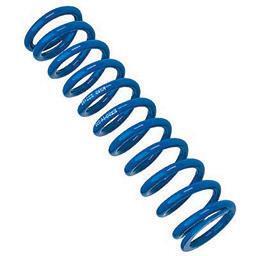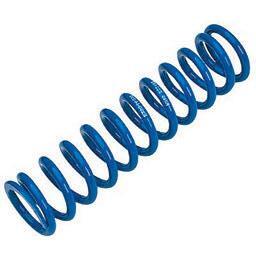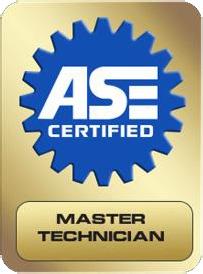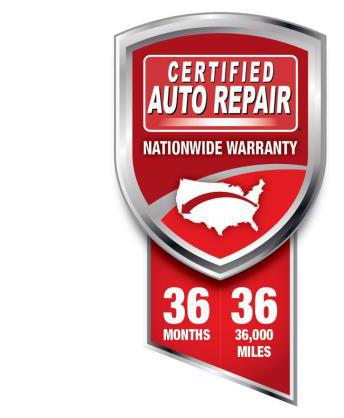
1 minute read
THE GEARHEAD CORNER!
We are here to offer some monthly tips, tricks and tales from the automotive industry. Whether you are fellow gearheads, garage aficionados, or maybe you think about blinker fluid (hint, hint, you don’t have any blinker fluid), we are here for you.
We are Jimmy and Leigh-Ann of Shift’N Gears Garage in Paso Robles. If you don’t know us already, we are both locals who decided to give back to our community and open up an ASE Master Certified full-service auto repair facility that specializes in Transmissions and Differentials. We are a one-stop shop from preventative maintenance to transmission replacements; for your weekend cruiser to your daily commuter. Jimmy has been an ASE Certified Master Tech for over 15 years and also hosts Gearhead Radio, a weekly live call-in radio show on Saturdays from 9 to 10 a.m. on KPRL 99.3 FM 1230 AM where all things auto-related are covered.
Check engine lights? Here’s a quick reference guide to understanding what they mean:
Did you know, most vehicles have at least 32 sensors and seven Modules all speaking to one another in various feedback loops? This is why your vehicle’s problems can be multifaceted, affecting your electrical and mechanical systems. Problems have to be treated in terms of symptoms and root causes, but just like a doctor, sometimes you need to treat the symptoms first before the root cause comes into view.
The first character of the code is a letter indicating the area of the car where the fault lies:
P = Powertrain: Covers the transmission, engine, fuel and ignition systems.

C = Chassis: Covers mechanical systems such as steering, suspension and braking systems.



B = Body: Covers systems primarily located in the passenger compartment.
U = Network and vehicle integration: Functions (outputs) controlled by the OBD-II system. The 2nd character will be a 0 or 1:
0 = A Society of Automotive Engineers (SAE) International generic code.


1 = A manufacturer-specific code. The 3rd characters run 0 to 8 and identify a vehicle’s effected system:
0 = Fuel systems and emission controls.
1 = Fuel and air metering.
2 = Fuel injector and air metering circuit.
3 = Ignition system or a misfire.
4 = Auxiliary emission controls.
5 = Vehicle speed control, idle system and auxiliary inputs.
6 = Computer and output circuits. 7-8 = Transmission.
The remaining digits indicates the “symptom” within that subsystem.













